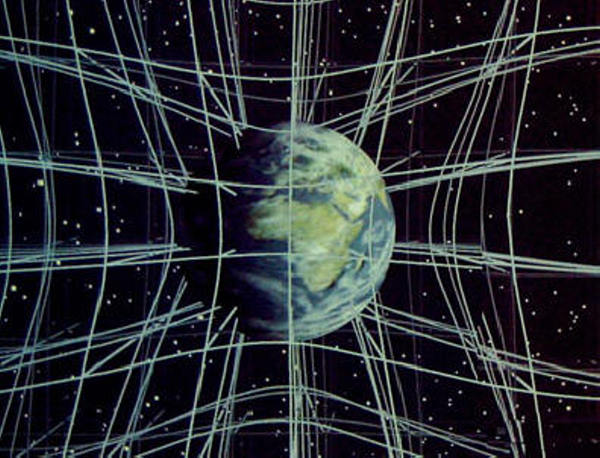
If you’re a sci-fi fan, you’ve probably seen these in movies. And I’m guessing you’ve heard a lot about them in pop culture. The problem is, pop culture and movies don’t do a very good job of describing black holes.
First off, let me clear up a common misconception: Black holes do not act like giant space vacuum cleaners, sucking in everything around them. Describing them as “gobbling up” anything is inaccurate.
The representation in movies that bugs me the most is in J.J. Abrams’ Star Trek reboot, when the bad guy falls into a black hole and the good guys almost get pulled in with him. First of all, please…black holes do not growl. And basically none of what happens in that scene is accurate.
So…what are black holes, really?
Continue reading